Engineered Wood vs. Solid Wood Flooring
On the surface, engineered wood flooring and solid wood flooring look the same. However, they both have pros and cons and some overlapping similarities that are important to be aware of before deciding which product to have installed in your house. Engineered wood is composed of layers of wood and typically has a plywood core, which makes this a little bit cheaper. This core enables it to have more moisture resistance than solid flooring, however, it can still delaminate if it is exposed to water for a long period. Typically, the top layer comes prefinished, which means that it has already been sanded and stained and does not require additional work before post-installation
layer, also known as the veneer or surface layer. Solid wood is typically made from red oak, white oak, or pine. Solid wood is one solid piece of wood, with no layers, which makes it a little more expensive than engineered wood, and it can come prefinished or unfinished. In its unfinished state, it needs to be sanded and stained on site after it has been installed, which not all installers can do. Solid wood also has the capability of being refinished a few more times than engineered wood, which can only be refinished once or twice. This difference can also affect the floors’ lifespan, which is estimated to be 20-30 years for engineered wood floors and 30-100 years for solid wood floors. Both types of wood flooring do require time to acclimate to the temperature and humidity of the install site. If it does not get the necessary time to acclimate, it will expand and contract and cause the floor to warp and buckle. While both products can nailed down or glued down, only engineered wood can be installed as a floating floor as it typically has a locking system while solid wood typically has a tongue and grove instead. Both engineered and solid wood are excellent options for flooring installation and it's up to the consumer to decide which option they prefer or will fit best for their project.
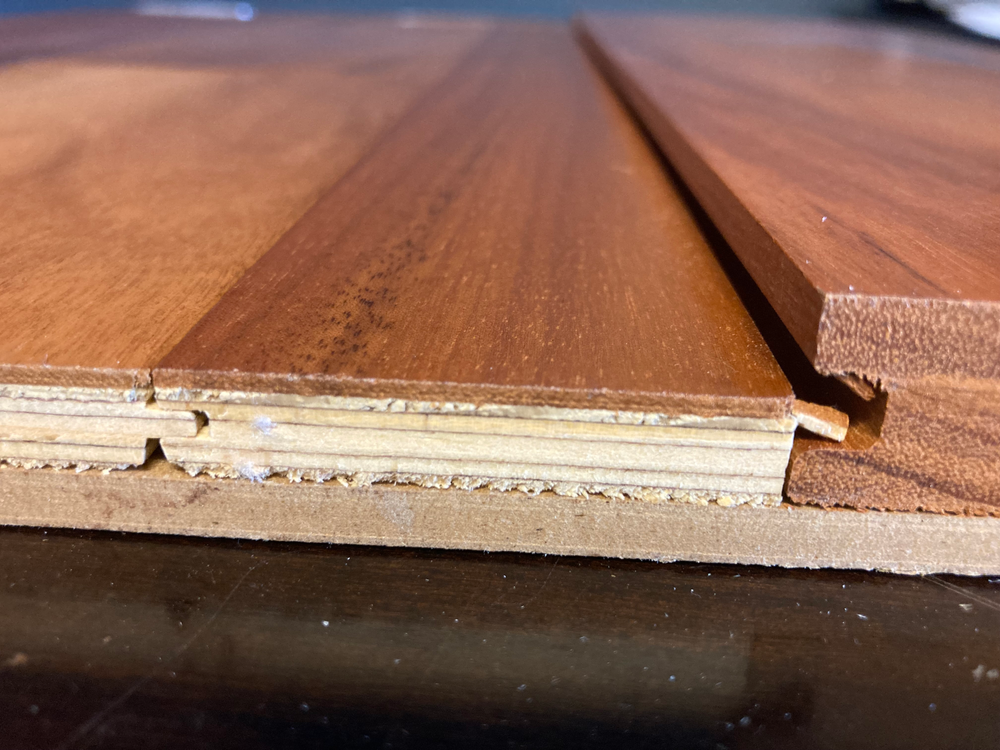
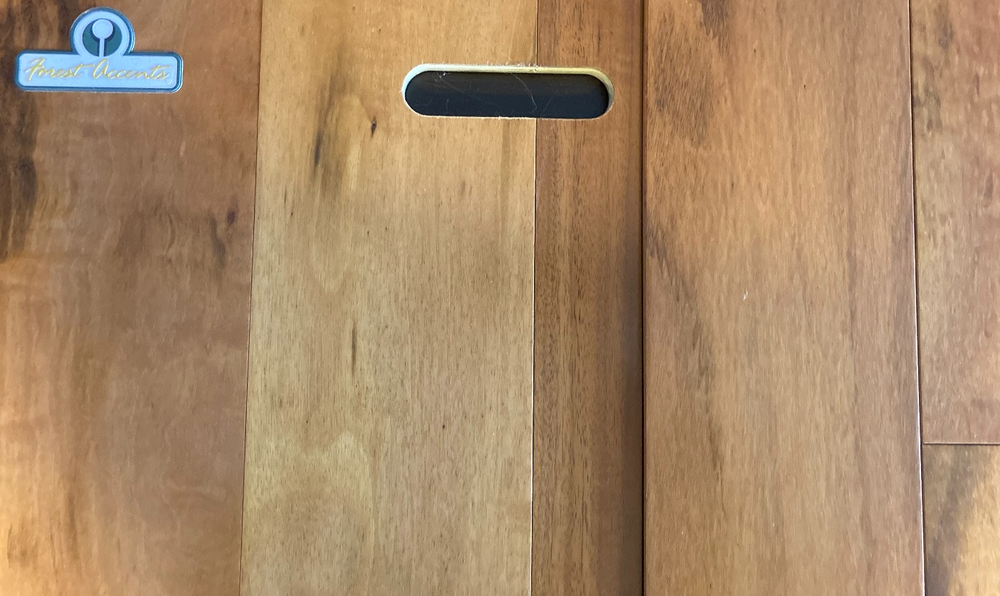
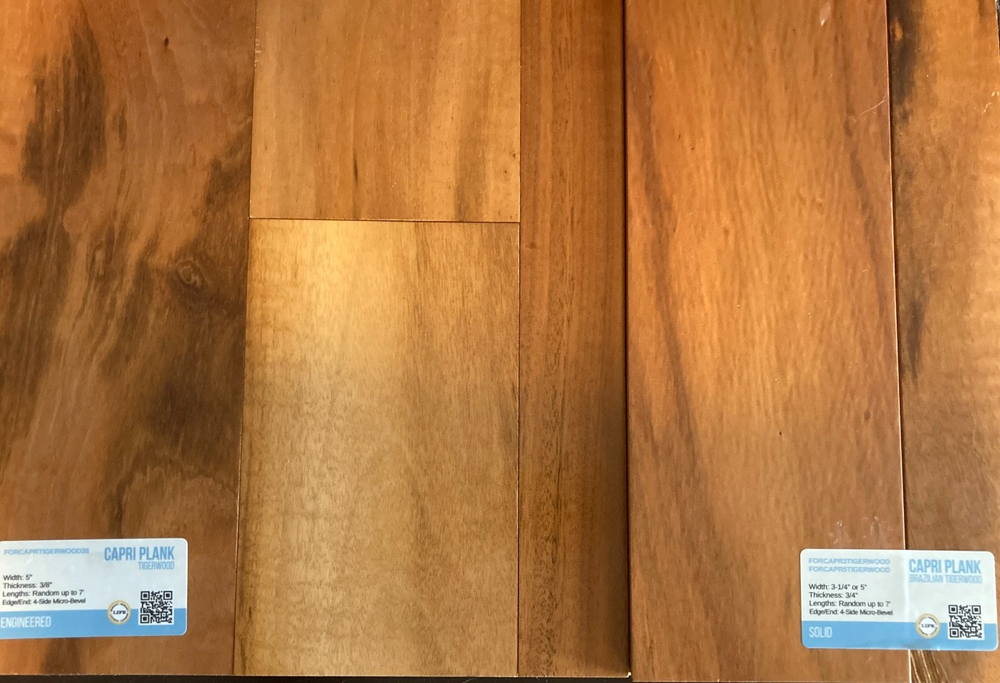



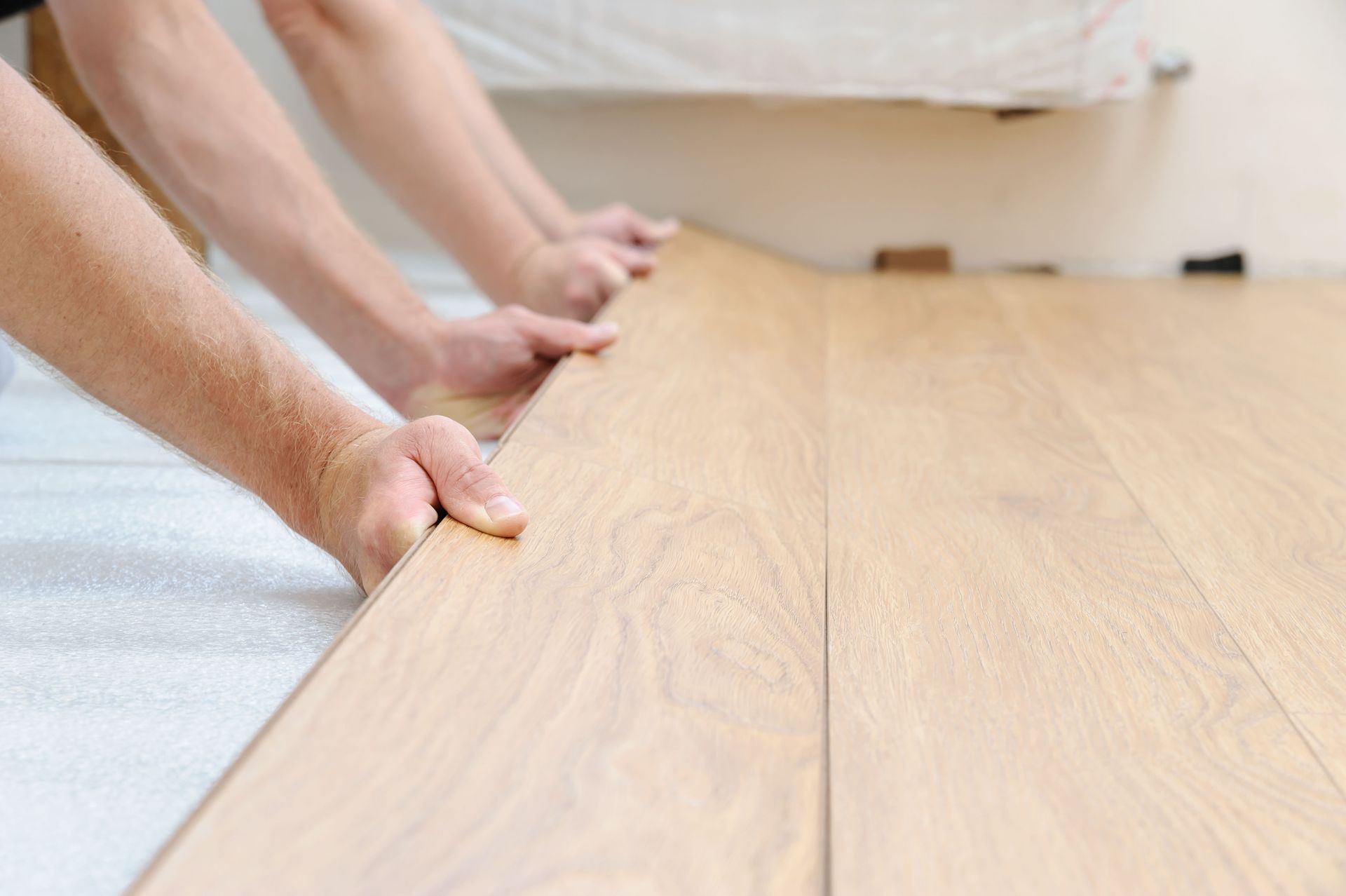
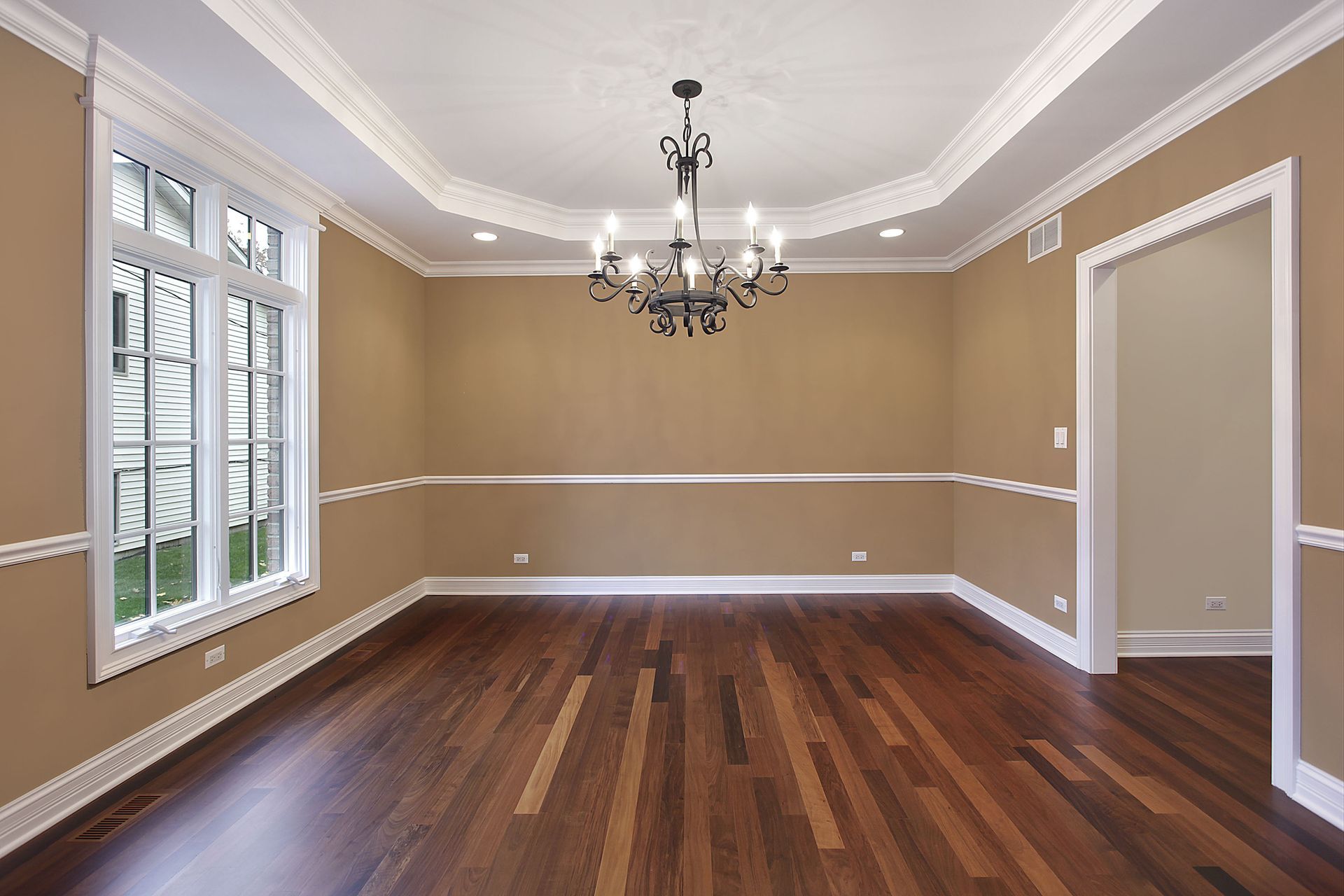
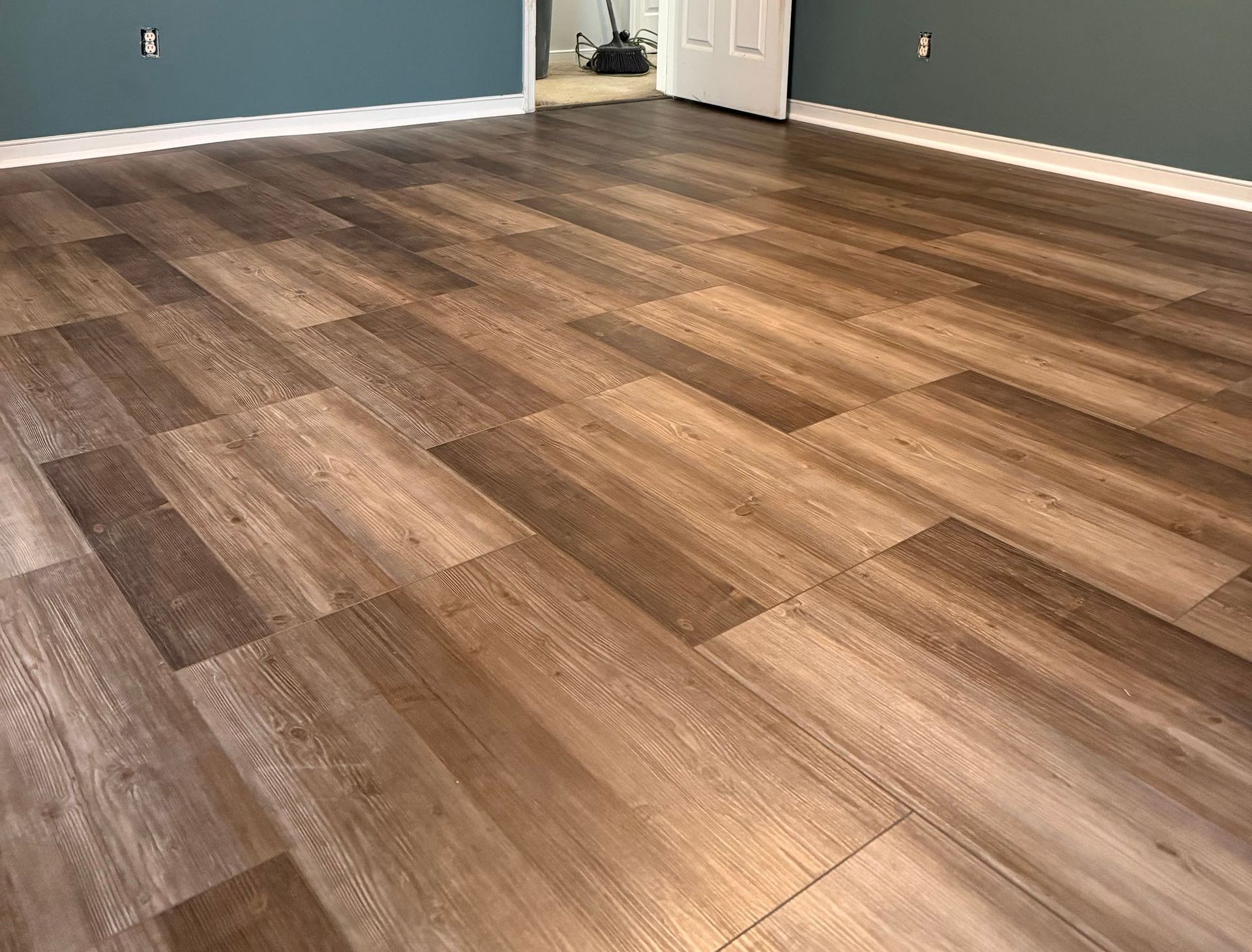
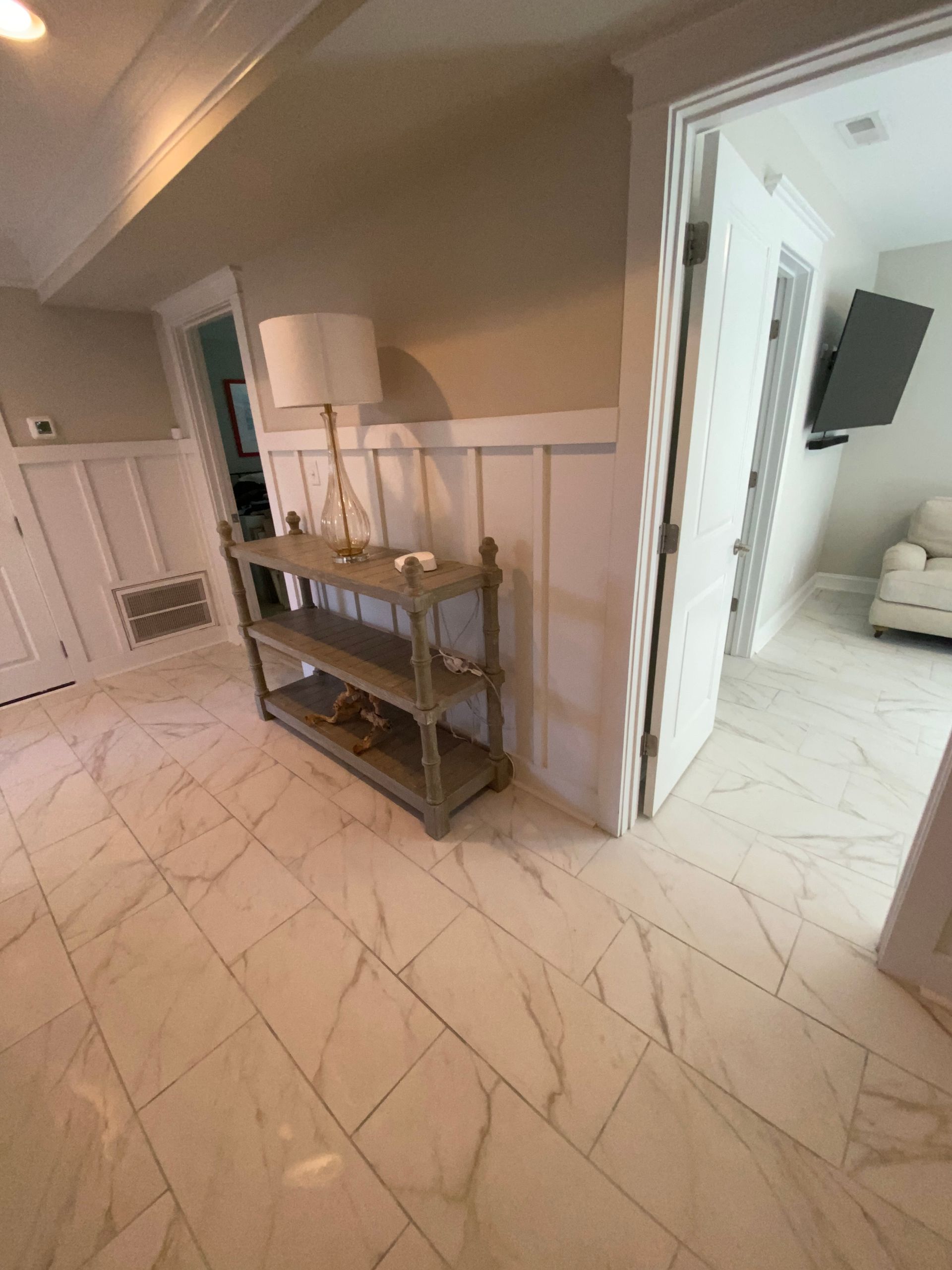
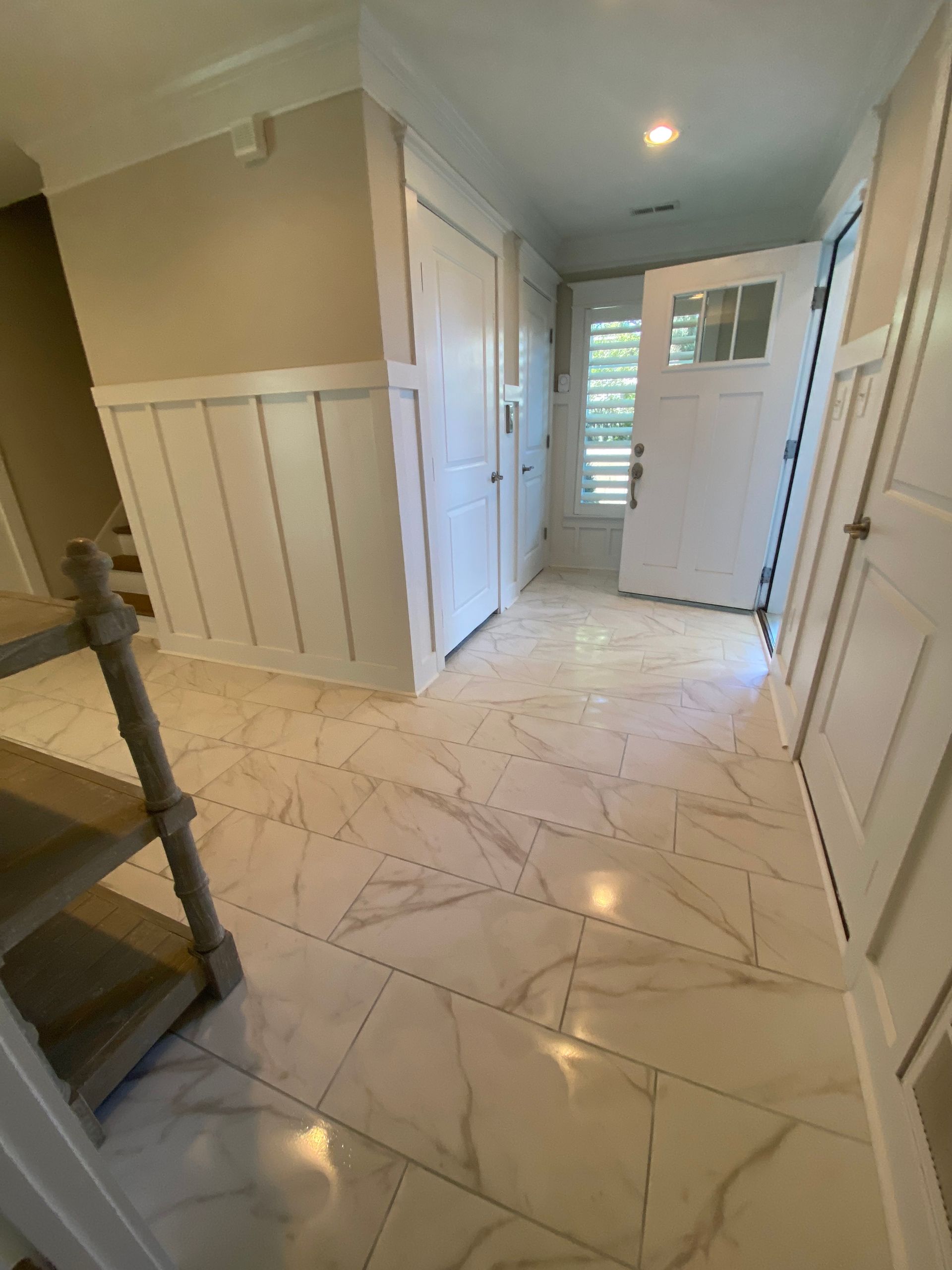
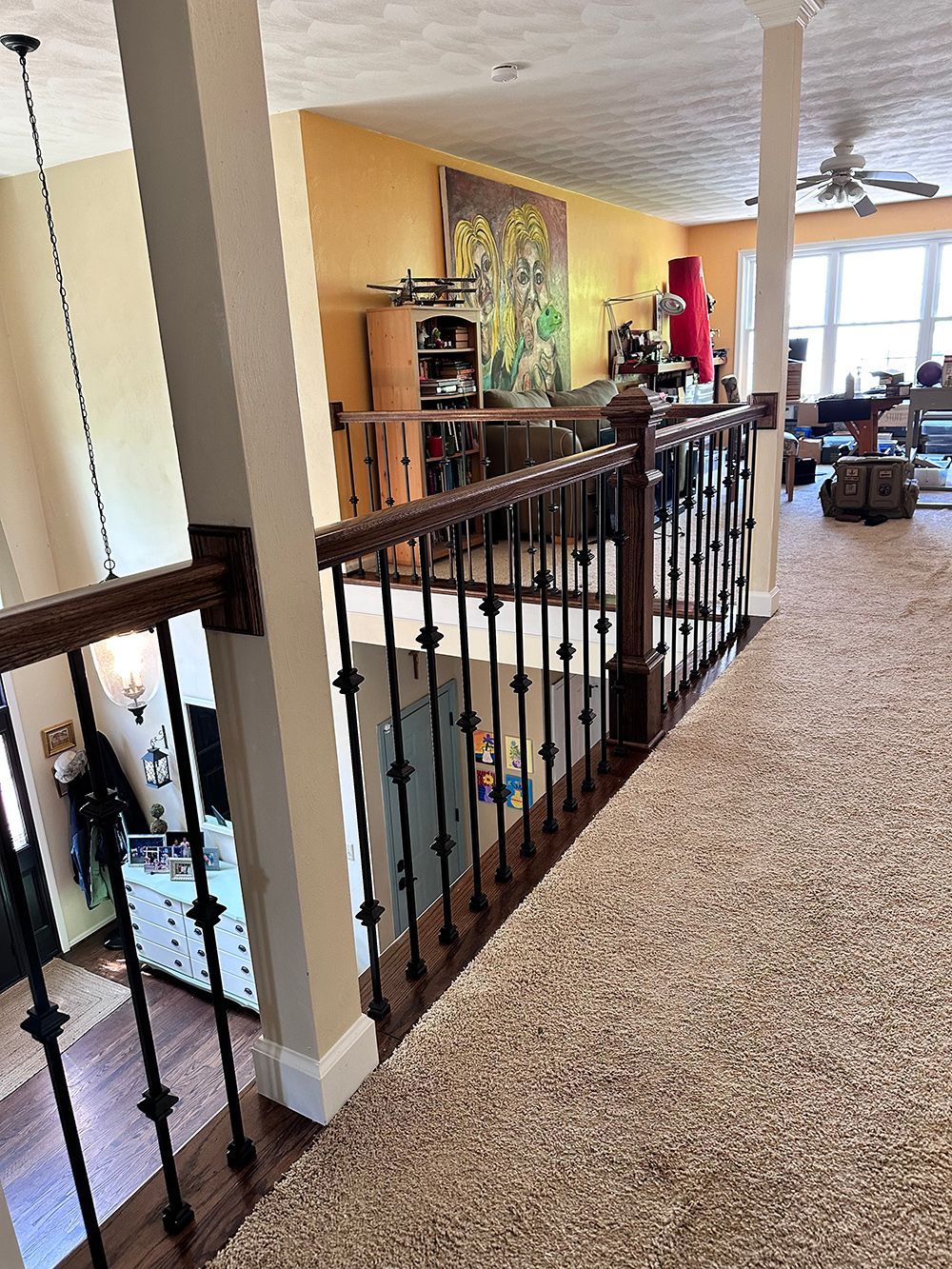
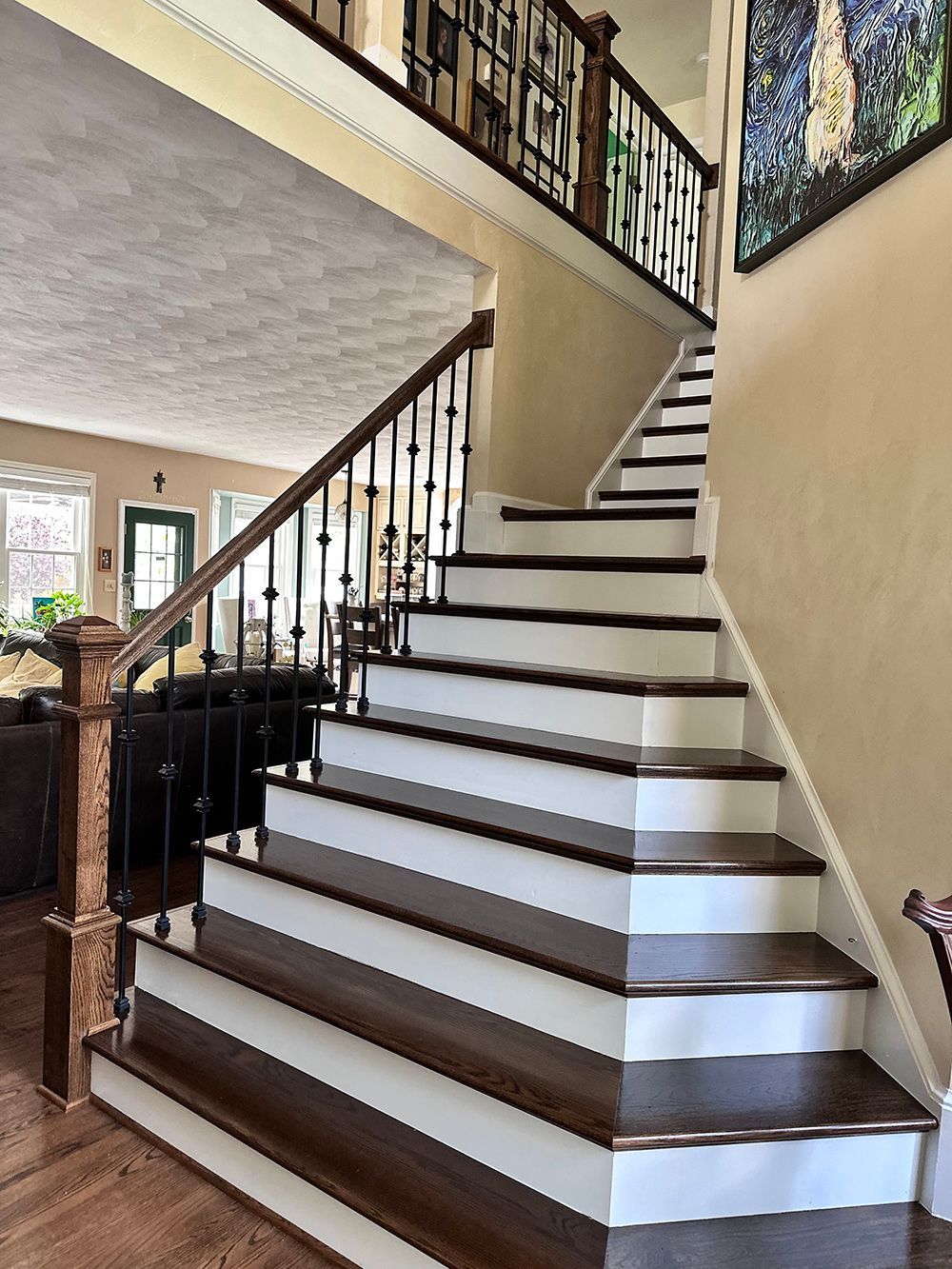
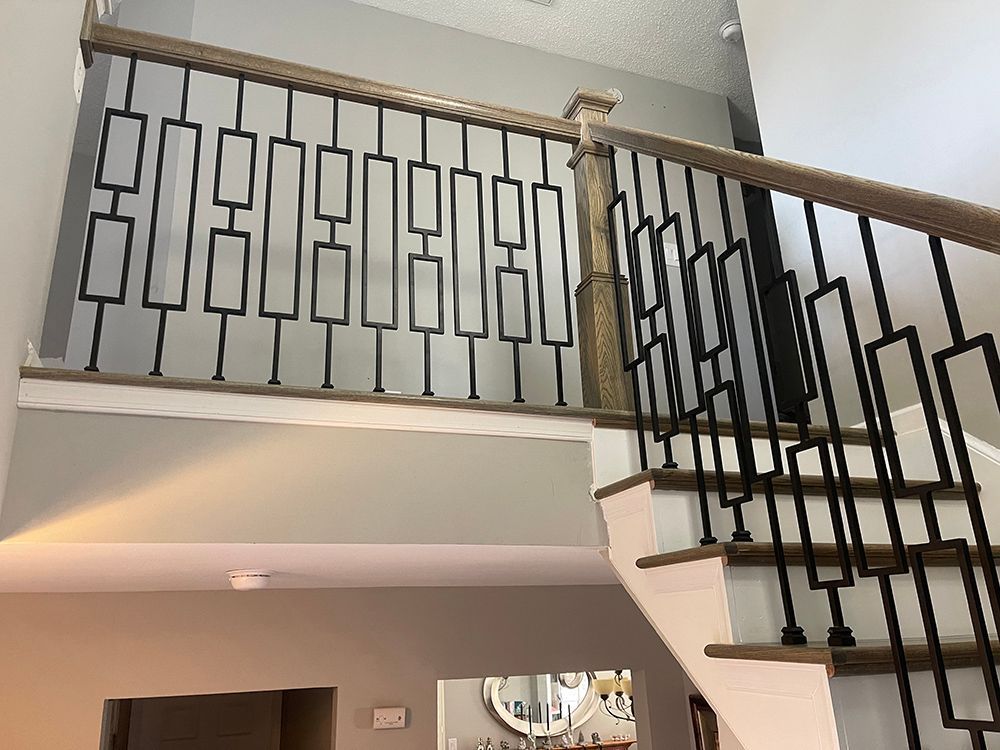
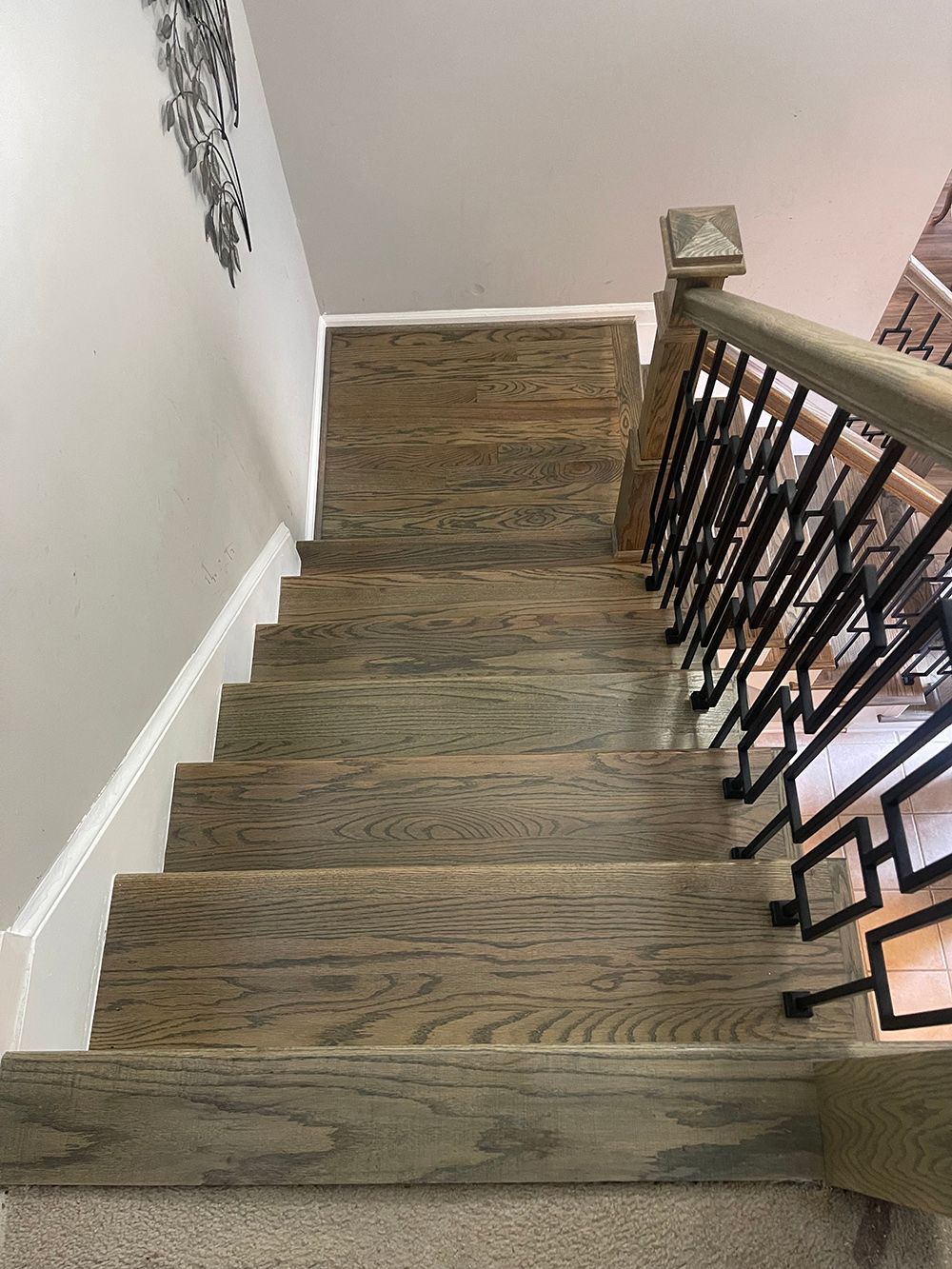
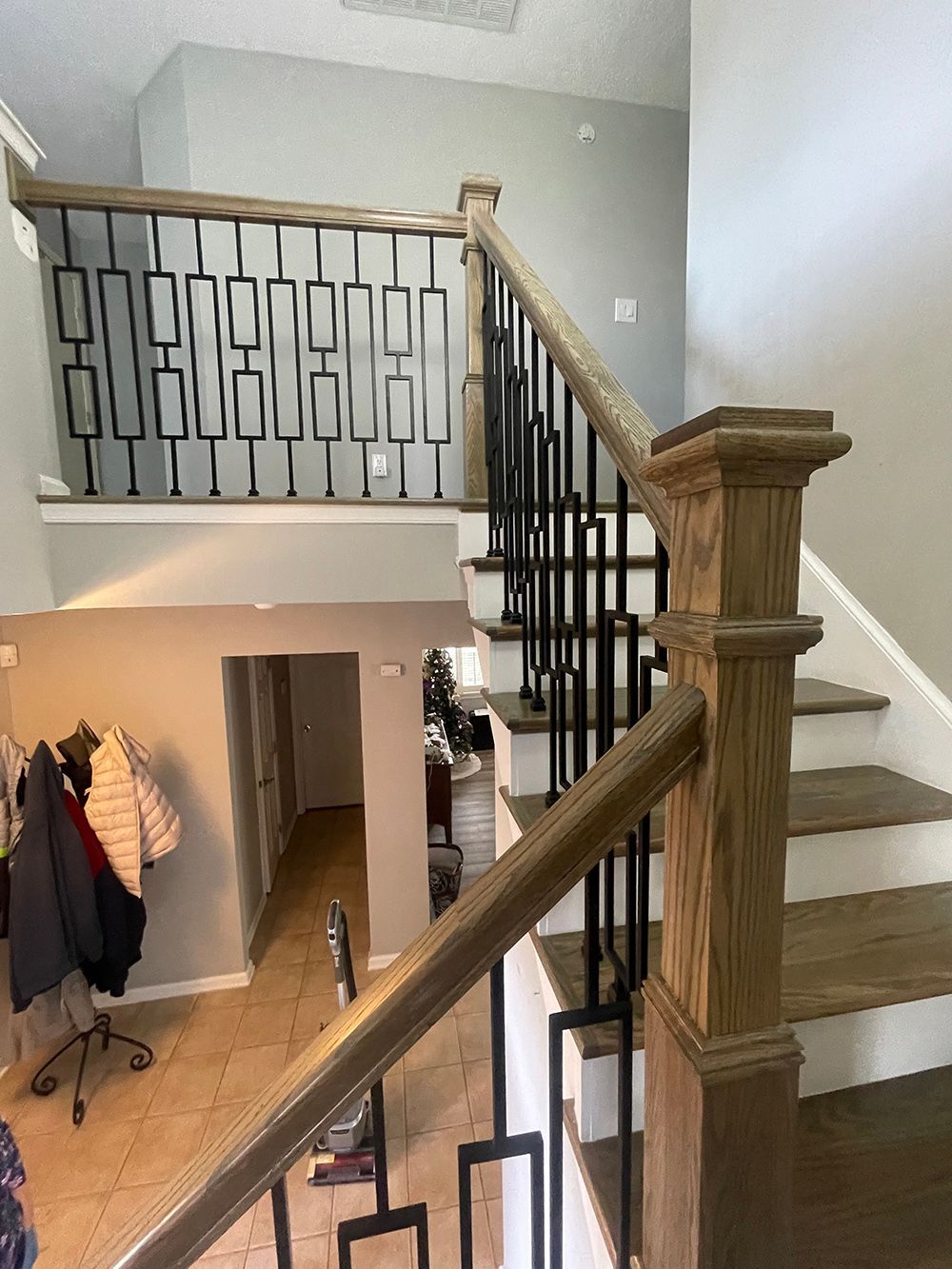
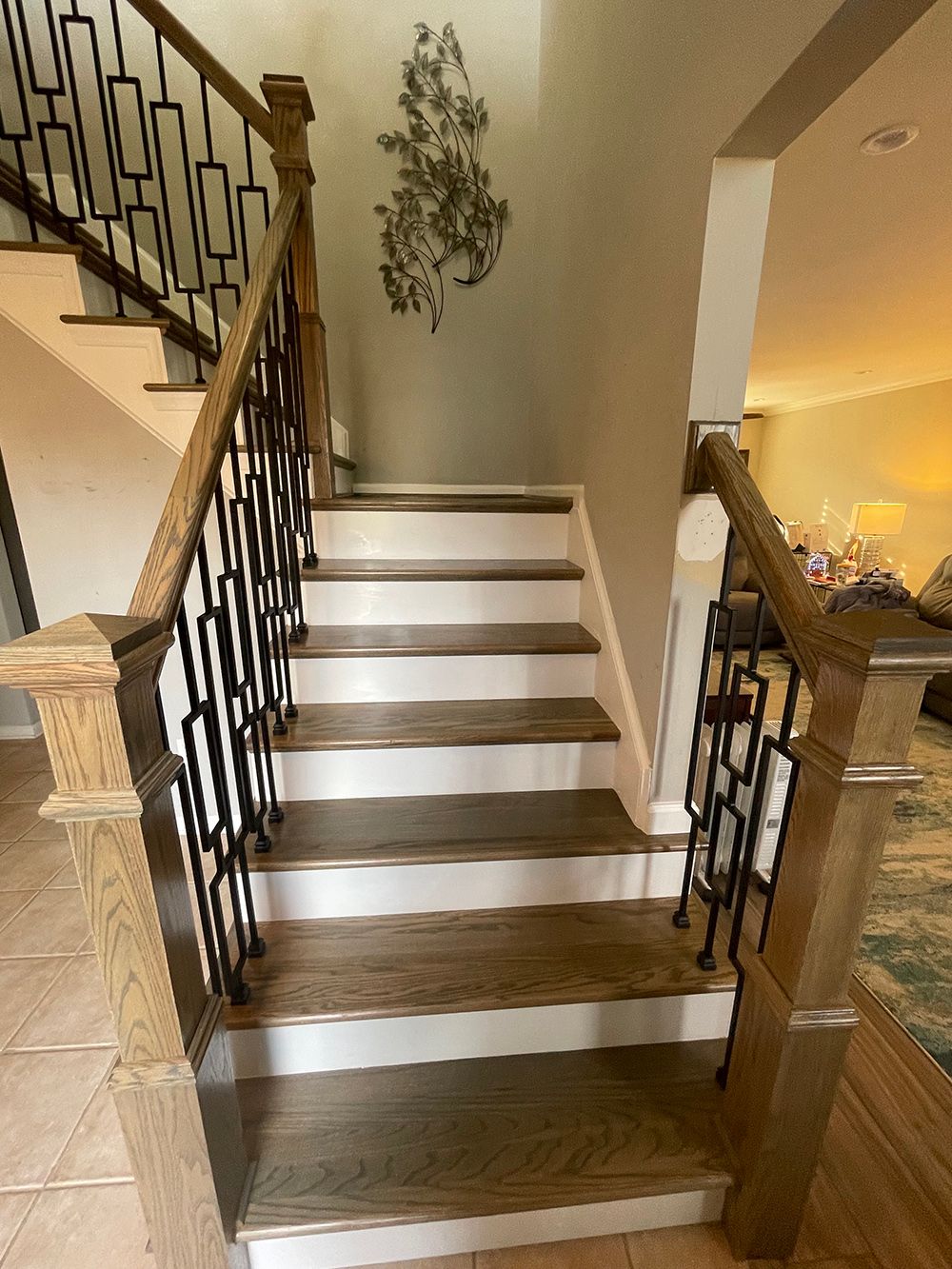
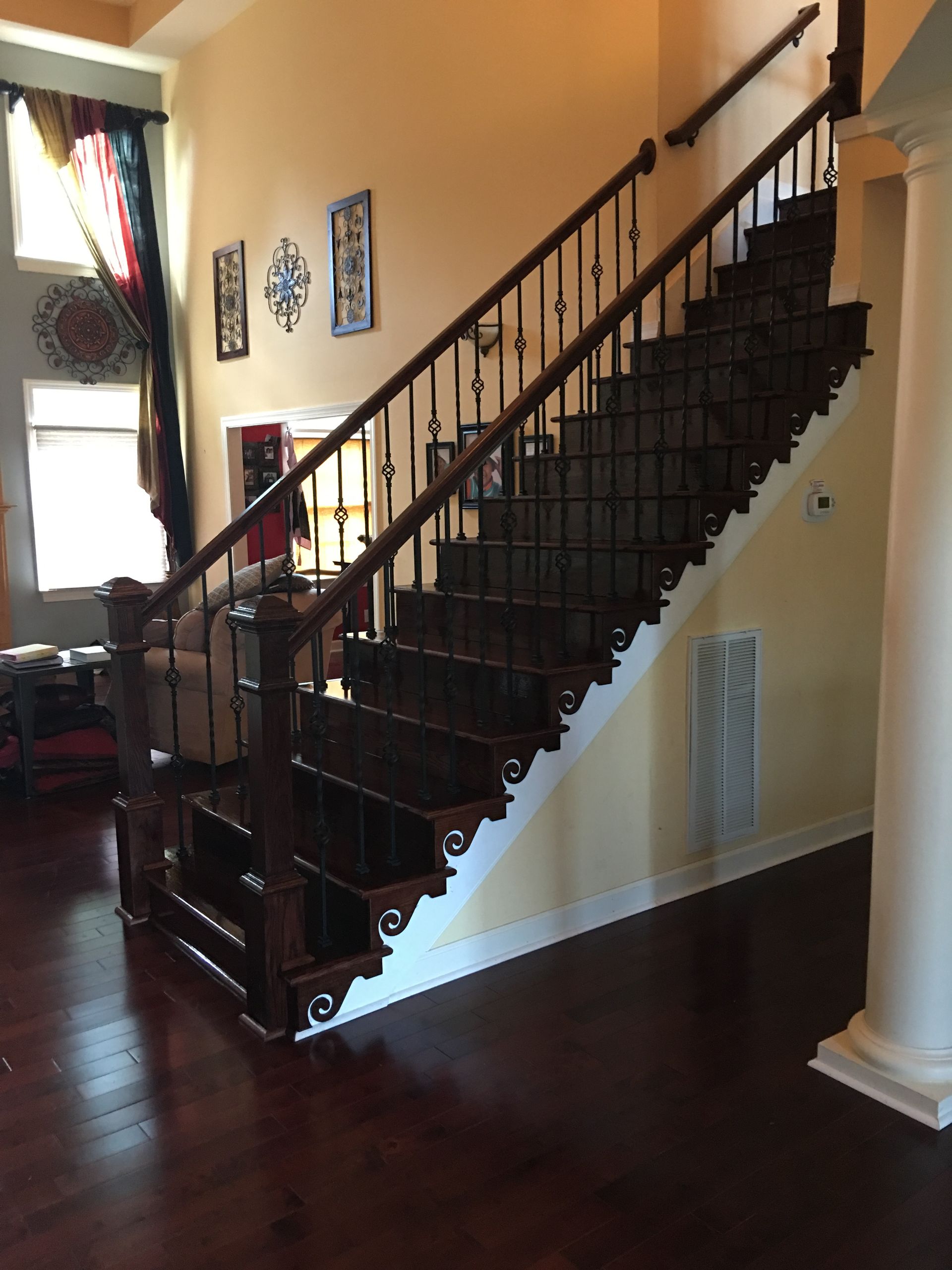

Share On: